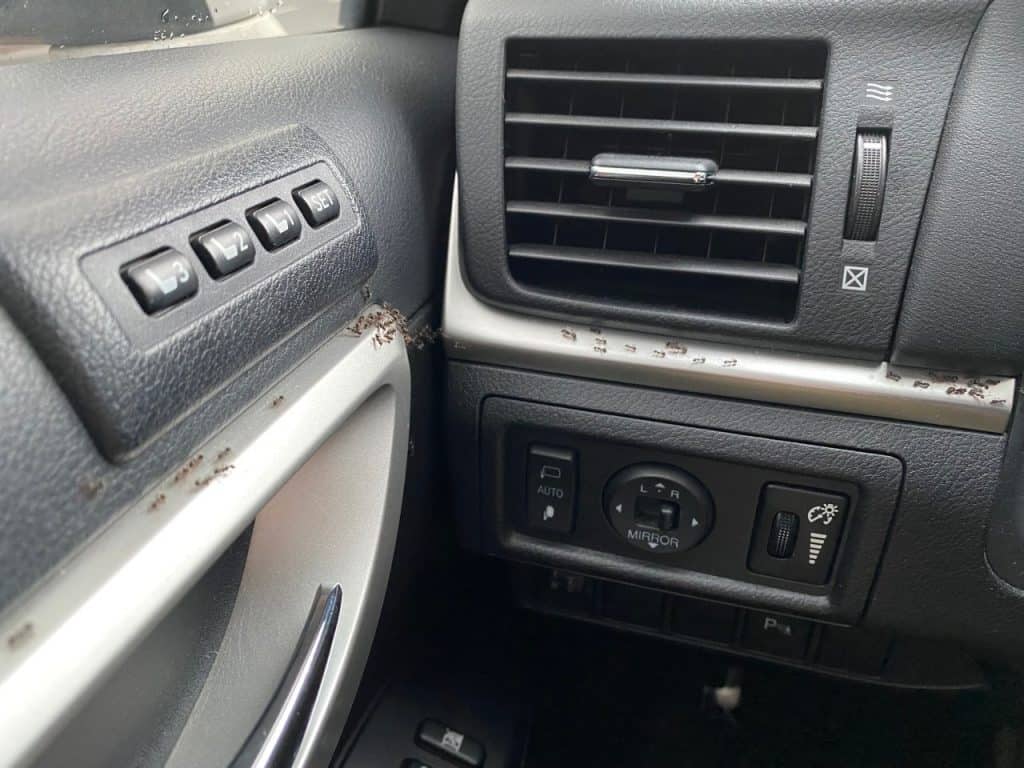Share this article
Horse and Burro Advisory Board makes recommendations to BLM
On October 18 and 19, the National Wild Horse and Burro Advisory Board met to discuss the challenges of horse and burro overpopulation and their effects on western rangelands. The Advisory Board, whose members are appointed by the Secretaries of Interior and Agriculture and represent a variety of stakeholder interests, provides the two Departments with advice and recommendations on the management of wild horses and burros on Bureau of Land Management (BLM) and US Forest Service rangelands.
Wild horses and burros are ecologically feral species that are federally protected under the Wild Free-Roaming Horses and Burros Act of 1971 on certain BLM and USFS rangelands. On these rangelands, these animals are managed alongside other multiple uses. The Appropriate Management Level (AML) on BLM rangelands, or the number of horses and burros that can be sustained without causing harm to other multiple uses such as native wildlife, vegetation, and grazing, is around 27,000 individuals. As of March 2017, there were nearly 73,000 individuals on BLM rangelands and over 45,000 held in off-range facilities, costing taxpayers about $50 million each year. Though these populations are over twice the AML, current BLM management conditions provide these populations the capacity to grow at about 15-20% a year.
Confronting the fact that horse and burro overpopulation is already having major impacts on wild horse and burro health, native wildlife, and rangeland ecosystems, the National Wild Horse and Burro Advisory Board put out a renewed call for adequate management.
The Advisory Board made a number of recommendations at the meeting, including the removal of all excess animals from federal rangelands and the phase out of long-term holding pens and corrals for horses and burros removed from the range, both within the next three years. The Board also recommended a massive increase in funding for reversible fertility control programs, including the implementation of porcine zona pellucida or PZP. This is similar to a resolution made by the Advisory Board in Fall 2016, which called for the BLM to take aggressive steps to comply with the Wild Free-Roaming Horses and Burros Act, including the full use of all tools made available under the Act to reduce populations and control population growth.
The full suite of tools allowed under the Act is not however currently at the disposal of the BLM. The Act directs the Secretaries to protect and manage horses in a “manner that is designed to achieve and maintain a thriving natural ecological balance.” The Act as written allows for the humane euthanization of old, sick, lame, or otherwise unadoptable horses in holding. This management tool however has been prevented by a rider in Congressional Appropriations language since 2010. In the House version of the FY18 appropriations bill, there is language that would allow for more flexibility to euthanize wild horses and burros. Action in the Senate on this language has yet to be taken.
Both the National Horse and Burro Rangeland Management Coalition and The Wildlife Society submitted testimony prior to the meeting urging the Advisory Board to continue encouraging the implementation of management tools to bring horse and burro populations to levels that conserve native rangeland ecosystems and the health of on-range horses and burros. The TWS testimony warned that the current corralling of less than 4% of the on-range population will do nothing to stop the on-range population from continuing to increase in size, leading to further degradation of rangeland ecosystems.
The National Wild Horse and Burro Advisory Board, along with all other Federal Advisory Committees that provide recommendations to the Secretary of Interior, have been under an activity freeze and mandatory review since shortly after the start of the Trump Administration. This is their first meeting of the new Administration. The Advisory Board hopes to meet next in March 2018 in Washington, DC.
To learn more about the National Wild Horse and Burro Advisory Board, visit the BLM’s Wild Horse and Burro Program webpage.
Read TWS’ Issue Statement on Feral Horses and Burros in North America.
Header Image: ©Bureau of Land Management-Utah








